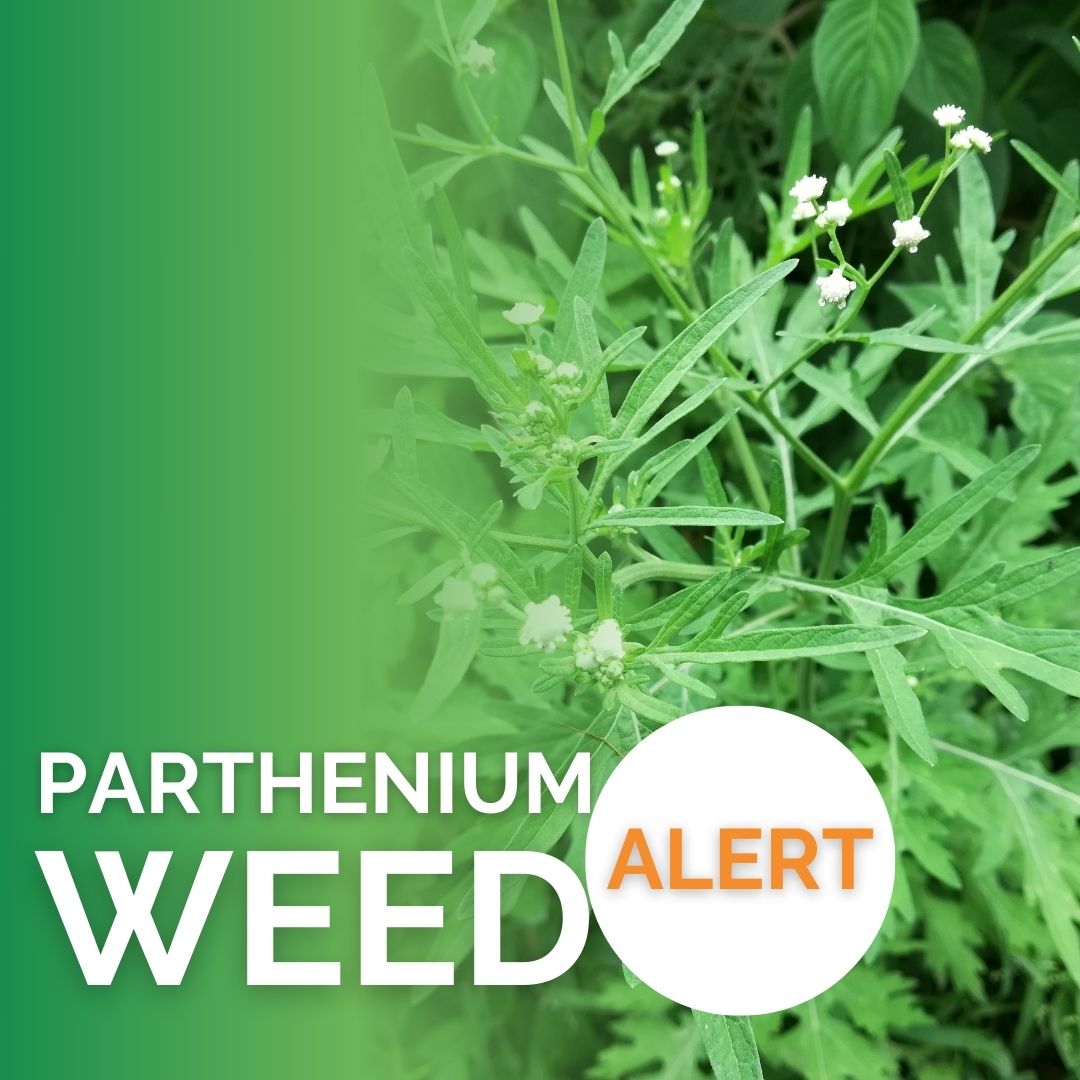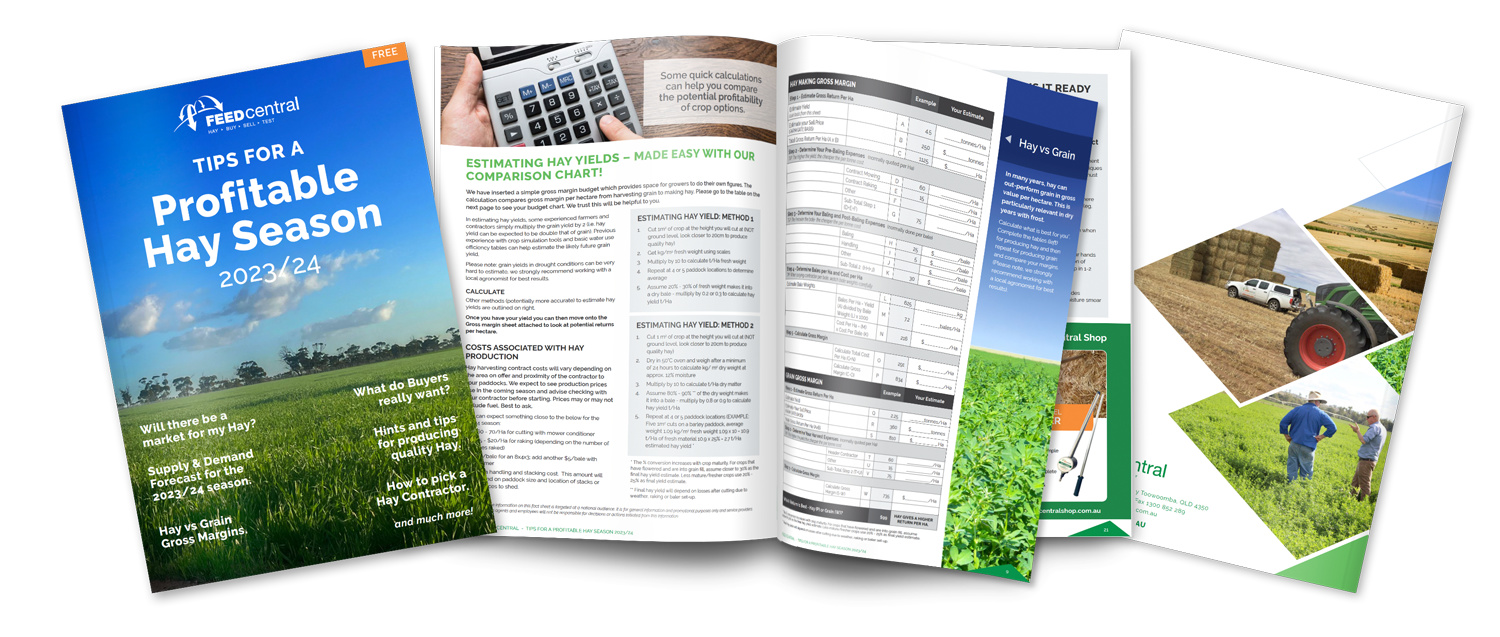This is a situation we all face from time to time. Either you are trying to do the mad dash to get bales in from the paddock before the storm or your hay shed is full and some are sitting out. We know rain on hay can potentially be a problem. Can round hay bales to get wet?
Round hay bales should not get wet, as the moisture of the average bale should not exceed 20%. If it does, then mould can develop in the bale, preventing you from selling the hay. Excessive moisture has also been known to cause bales to self combust.
In this article, we’ll discuss further if it’s ever appropriate for round hay bales to get wet as well as what you should do if your bales of hay were soaked in the rain. You won’t want to miss it!
Is It Okay For a Round Hale Bale To Get Wet?
It is preferable for hay bales to not get wet and be kept dry at all times to maintain their quality. Hay bales will be able to accept a small amount of rain but you should monitor their moisture content carefully.
Unfortunately, that’s far from the case. Farmers take special care to keep the level of moisture in a bale of hay at a certain level. Hay is not supposed to exceed 20% moisture, and there’s a very good reason for that.
Here are the consequences that can occur if your round hay bales get soaked in a downpour.
Once the moisture of a round bale of hay exceeds 15 percent, mould can develop. This fungus prefers damp, dark, and humid places to grow. Within your rounded bale is the perfect home, as it’s certainly dark and plenty moist.
Oh, and it’s hot too. As mould grows, it releases water, carbon dioxide, and heat. Essentially, the mould is making its environment even more habitable.
Once your hay has mould on it, the situation is dire. The hay is losing nutrients in a hurry, and dry matter is likelier with mouldy hay than hay that retains less than 20% moisture.
Plus, the hay has spots of black or white mold all over the place. Customers who were hoping to have your hay imported or exported to them will be out of luck, as this hay is unsaleable.
Considering that one bale of round hay is equivalent to 20 square-shaped bales, if you have to throw away the entire round bale, that’s going to be a significant financial hit to have to endure.
Combustion
The far more dire consequence of leaving your round hay bales out in the rain is the possibility of combustion.
The increase in moisture raises the risk of combustion, as can the presence of mould. As you’ll recall, mould produces heat, and heat plus moisture could cause the hay bale to catch on fire.
It doesn’t even take very hot temperatures for this combustion to occur. In temps as low as 29 degrees Celsius, the bale could ignite.
Once your round hay bale catches on fire, even if you spotted it immediately and extinguished the fire, that bale is unsaleable.
Be sure to store bales that have been exposed to rain out in the open to enable them to breathe and dry out.
Can Square Hay Bales Get Wet?
It doesn’t matter the shape or size of the hay. Once its moisture levels exceed 20%, then mould growth and/or combustion can still occur.
You should limit the exposure to the elements and that is why we always recommend storing your hay in an enclosed shed with good ventilation.
Wet hay bales or bales with excessive moisture will also mean you bales are heavier. Check with our article on how much do hay bales weigh with what affects this will have for you.
What Should You Do If a Hay Bale Gets Wet?
From time to time this is going to happen so here is a list of things we recommend to save your hay bales.
1. Move the Wet Hay Bale from the Others
As we talked about in an earlier section, if one round bale of hay ignites, then the rest of the hay in the vicinity will burn as well. Prevent that possibility by isolating the offending hay bale. If more than one bale is wet, then separate them from the dry bales.
As you transport the bales, go carefully. If you introduce too much oxygen into the hay through your transport methods, then the hay is at an even greater risk of combustion.
2. Test Its Temperature
Once your wet hay bales are quarantined from the rest of the dry, saleable hay, you want to test the wet hay’s temperature. We recommend a long-stem compost thermometer for this job. You want to keep a good distance from the hay, and a long-stem thermometer will allow you to do that.
If you’re getting a temperature reading of about 76.7 degrees, then the hay might not necessarily combust, but it could. After all, as the mould spreads throughout the hay, the hay bale’s temperature can rise, and combustion can occur.
Grab one of our testing kits to check your hay for moisture and quality.
Watch your hay carefully!
3. Cut, Fluff, and Dry
If your hay is still cut on the ground and gets wet, you have the options of raking it to turn it to help dry it out before it is baled.
Your contractor will know the best time to do this before it should be baled.
4. Assess the Hay
After giving the cut hay a day or so to dry out, revisit the bale. With an electronic moisture tester, gauge how much moisture the hay has left. It may still need more time to dry out.
Once you’re pleased with the level of moisture in the cut hay, run another temperature test as well. Should the temps drop well under 76.7%, then the risk of combustion is low.
That said, the mould within the hay will have wreaked havoc on its quality while the hay was drying out. The mould could have spread to a greater degree too, although that spread will stop when moisture levels in the hay are controlled.
5. Decide What To Do With The Hay
Hay that was soaked in the rain is almost never saleable, but that doesn’t mean you have to discard it. If you have any bovines on your farm that aren’t pregnant or nursing, you can use the moldy hay as cow feed.
Do be aware though that mold can produce mycotoxins. Your bovine farm animals might eat less and make less waste if they’re poisoned. In severe cases, they can die.
If you do decide to proceed with feeding bovines mouldy hay, provide fresh, clean, mould-free hay as well so the animal has the option to eat whichever is more appealing. This can prevent the above health issues.
Do You Need to Cover Round Bales?
All hay bales should be covered with either tarps or a roof to protect them from the elements.
Weather predictions are only so accurate. Now that you’re aware of what havoc that inclement weather can wreak on your hay bales, you can see the value in covering them.
Here are your options.
Tarp Cover
The least protective measure is to toss a plastic or polyethylene cover on top of your rounded hay bales. These tarps are inexpensive, often costing less than $1 per square foot. Plastic doesn’t breathe well though, and that can cause moisture to build up even if your round hay bales are covered.
Reinforced plastic is the better option if you must use plastic at all. While it’s no less breathable, it won’t rip or tear.
Under-Roof Storage
The BEST option is stored in a shed that protects the hay from all sides. This will ensure your hay stays dry and maintains a higher level of quality.
Conclusion
Hay bales of any shape should not get wet. The financial losses are far more significant for rounded hay since it comprises much more hay than smaller bales.
To protect your hay bales, buy at least a tarp but ideally, you should pay for under-roof enclosed storage. Although the expense is more now, you can ensure that more of your rounded hay bales are saleable, so you’ll recoup what you spend later!
-
Why Does Hay Get Dusty And What Causes It?
Author Neville Janke Neville Janke is a qualified agronomist and Horticulturist with over 20 years of experience guiding farmers in the Agricultural and Horticultural industries. With this experience, Neville has been helping long-term users of Hay and grain to experience the Feed Central way of sourcing quality Feed for hungry cattle. View all posts

